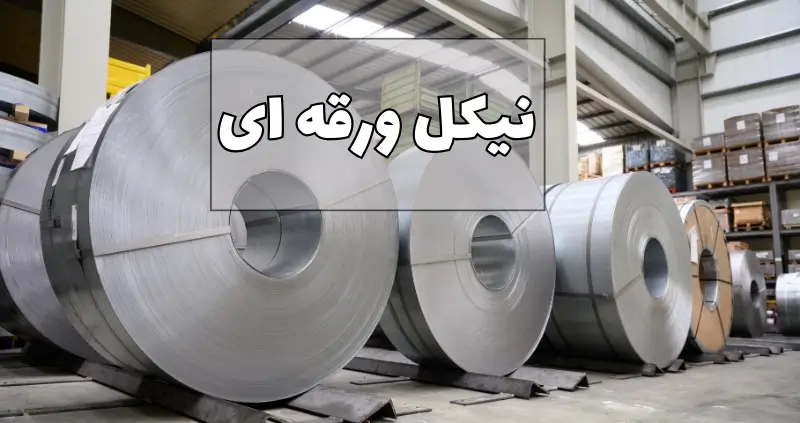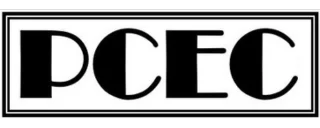
Nickel is a valuable and wonderful metal that is present in our daily life, but sometimes remains unknown. This colorless and shiny metal opens up a wide table of surprising applications in various industries. From electronic components to jet fuel, sheet nickel is a neglected cog in our industrial cycle. This amazing metal has transformed our lives today in an unimaginable way. Now let’s take a short trip into the history, properties and applications of nickel sheet to find out how this mineral plays such a prominent role in the formation of the modern world.
History and origin of sheet nickel
Nickel is a metal that is extracted from the earth, and the history of its use goes back centuries. This metal occurs naturally in the earth’s crust and is usually found together with other minerals such as copper, cobalt and iron. The first reports of nickel extraction and use date back to the 3rd century AD in China and India. At that time, nickel was known as a mineral and was used as ornaments and tools.
In the 18th century, European scientists managed to identify nickel as an independent chemical element. This recognition led to the beginning of the industrial production of nickel and the discovery of new methods of its extraction. In 1751, the Swedes set up the first nickel factory in Europe. During this period, nickel was used as a raw material for the production of coins and alloys.
In the 20th century, with the advancement of technology and the industrialization of societies, the demand for nickel increased dramatically. The use of nickel in the automotive, aerospace, medical and electronic equipment industries was increasingly expanded. Today, nickel sheet is known as one of the most strategic industrial metals, and advanced countries are trying to provide it from domestic and international sources.
Physical and chemical characteristics of sheet nickel
Nickel is a shiny silvery white metal that is chemically known as element 28 of the periodic table. This metal has unique properties that make it suitable for various applications. Nickel occurs naturally in two crystalline forms: Alpha, which is more stable, and beta, which is stable at higher temperatures. This distinctive crystalline property gives nickel considerable mechanical strength.
In terms of physical properties, nickel is a hard, malleable and relatively magnetic metal. Its specific weight is 8.9 grams per cubic centimeter and its melting temperature is 1455 degrees Celsius. Nickel also has high electrical and thermal conductivity and shows good corrosion resistance. These characteristics have made nickel one of the suitable metals for various industrial applications.
Chemically, nickel is an intermediary metal that can form resistant alloys with special properties in combination with other elements. Nickel is also resistant to oxidation and has good corrosion resistance under normal conditions. These unique chemical properties have made nickel a valuable raw material for various industries.
Applications of sheet nickel in various industries
Due to its unique properties, nickel sheet has found wide applications in various industries. One of its most important applications is in the electronics and information technology industry. Due to its high electrical and magnetic conductivity, nickel is used in the production of electronic components such as printed circuits, memory components, sensors and batteries. Also, nickel sheet is used in the production of protective coating for information and telecommunication cables.
The automotive industry is also one of the most important consumers of sheet nickel. This metal is used in making various car parts such as suspension systems, wheel axles and engine components. Nickel is also used in the chrome coating of some internal and external parts of cars, which helps to polish their appearance and resist corrosion.
Defense and aerospace industries are also among the main consumers of sheet nickel. Due to its high corrosion resistance and mechanical strength, this metal is widely used in the production of aircraft parts, missile systems and military equipment. Nickel is also used in making liquid and solid fuel for rockets, airplane turbine engines and spacecraft bodies.
Sheet nickel production and processing processes
Sheet nickel production includes the steps of extraction, melting, alloying and rolling. These processes are carried out in order to convert nickel ore into the final product. First, nickel minerals are extracted and purified by hydrometallurgy or pyrometallurgy methods. Then the obtained pure nickel is melted and alloyed to obtain the desired properties. In the final step, the molten nickel is turned into thin sheets by a rolling process.
Surface treatment operations are also performed to improve the properties and applications of sheet nickel. This operation can include coating, surface finishing and corrosion protection. Nickel coating is done by various electrolytic methods, immersion and thermal spraying to make the nickel surface resistant to erosion and corrosion. Also, surface finishing with polishing, laminating and anodizing processes improves the appearance and performance quality of nickel sheet.
Optimizing production and processing processes is of particular importance. Development of new methods of melting and shaping, reducing waste, improving energy efficiency and increasing quality control are among the solutions that are considered in order to optimize nickel sheet production. These actions lead to reducing costs and improving the quality of the final product.
Know more: flat nickel
final word
In the path of industrial and technological progress, nickel sheet rotates like a key nut in the wheel of development. From the heart of electronics to the skeleton of airplanes, this precious metal has a bold and undeniable presence. What may seem like an ordinary substance at first, has now become a wonder of modern life. Every time a car door is opened or an internet connection is connected, the nickel sheet echoes its presence. So let’s look more deeply at this metal and know what its role is in building the future. Because nickel sheet has a bright future ahead and will definitely be at the top of new technologies.
